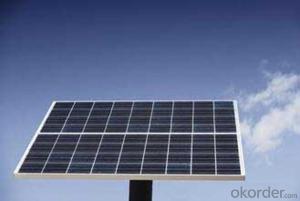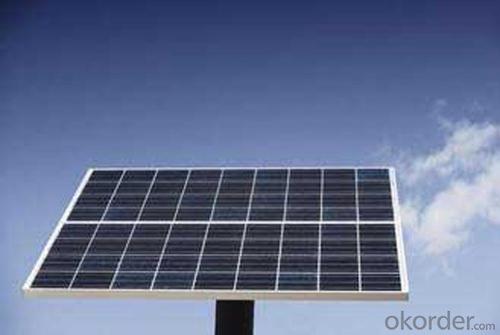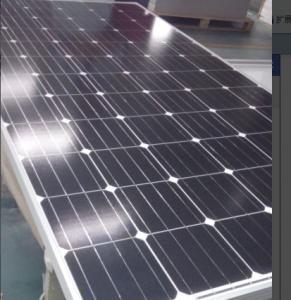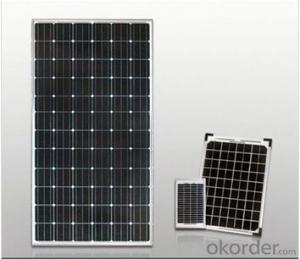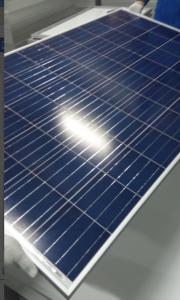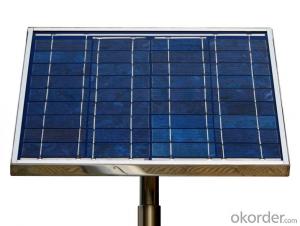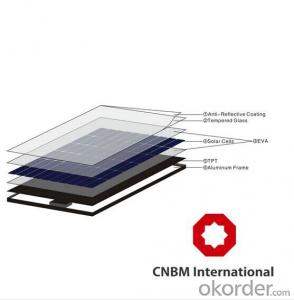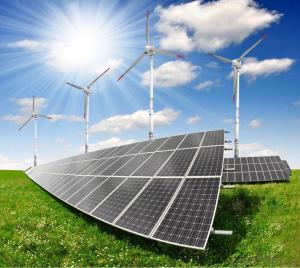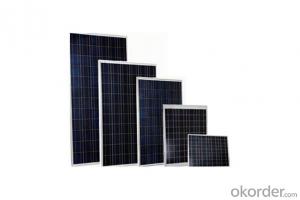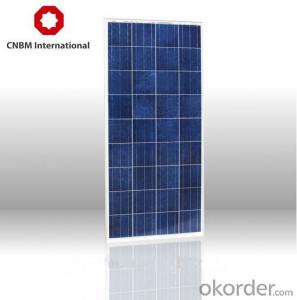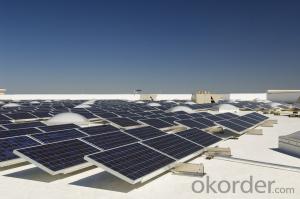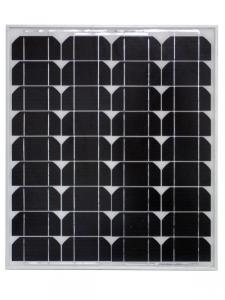320w-280w Solar Panels Purchase from China Manufacturer
- Loading Port:
- Shanghai
- Payment Terms:
- TT OR LC
- Min Order Qty:
- 2500 watt
- Supply Capability:
- 10000000 watt/month
OKorder Service Pledge
OKorder Financial Service
You Might Also Like
Specification
Solar Module Summarize
Solar Module is the core part of solar PV power systems, also is the highest value part of it. The function of Solar Module is to convert the sun's radiation to electrical energy, or transfer it to battery and store in it, or to drive the load running.
The Product has been widely used in space and ground, it mainly used for power generation systems, charging systems, road lighting and traffic signs areas. It could offer a wide range of power and voltage, and with high conversion efficiency, and long service life.
Technical Parameter:
Good Quality 185W Solar Panel | |
Peak Power-Pmax(W) | 185W |
Open Circuit Voltage-Voc(V) | 44.2 |
Maximum Power Voltage-Vmp(V) | 36 |
Short Circuit Current-Isc(A) | 5.4 |
Maximum Power Current-Imp(A) | 5 |
Maximum System Voltage | 1000V DC |
Maximum Series Fuse Rating | 10A |
Power Tolerance | -1~+3% |
Temperature Coefficients of Pmax | -0.45%/℃ |
Temperature Coefficients of Voc | -0.348%/℃ |
Temperature Coefficients of Isc | 0.031%/℃ |
Nominal Operating Cell Temperature | 44.5±2℃ |
Standard Testing Condition(STC) | Irradiance:1000W/m²;Temperature:25℃;AM=1.5 |
Qualification Test Parameters | |
Operating Temperature | -40℃~+85℃ |
Storage Temperature | -40℃~+85℃ |
Pressure Bearing | ≥5400Pascal/m² |
Wind Bearing | ≥5400Pascal/m² |
Mechanical Characteristics | |
Cell Size | Mono 125*125mm±0.5 |
No.of Cells | 72pcs(6*12) |
Dimension | 1580*808*40mm |
Weight | 15.5Kg |
Glass | 3.2mm High Transmission,Low Iron |
Frame | Anodized Aluminum Alloy |
Junction Box | IP65Rated |
Internal Diodes | 3 Bypass Diodes |
Cable | 1*4.0mm² Length 900mm |
Production Flow :
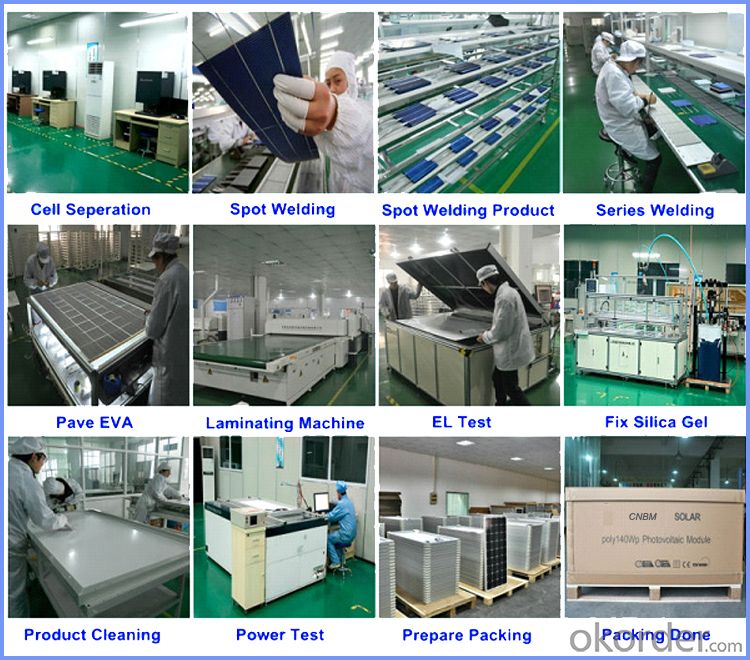
Product Show:
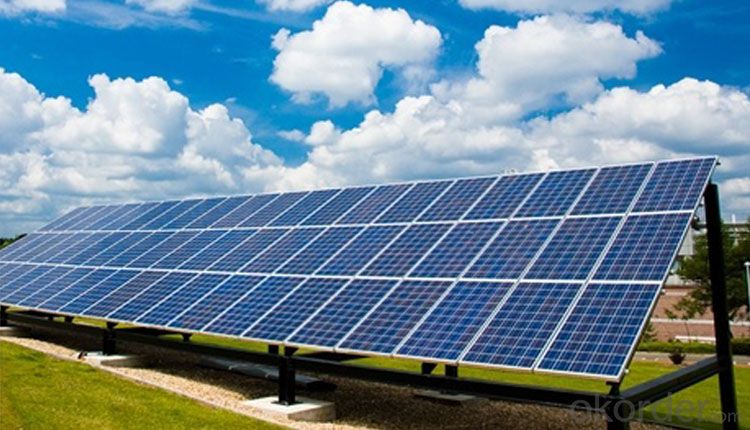
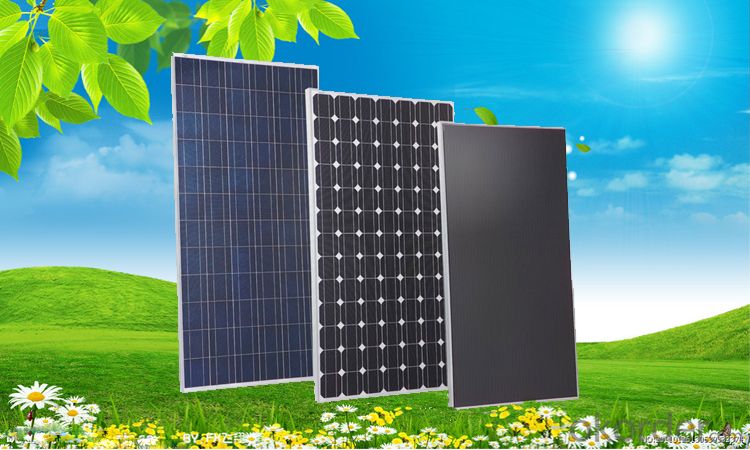
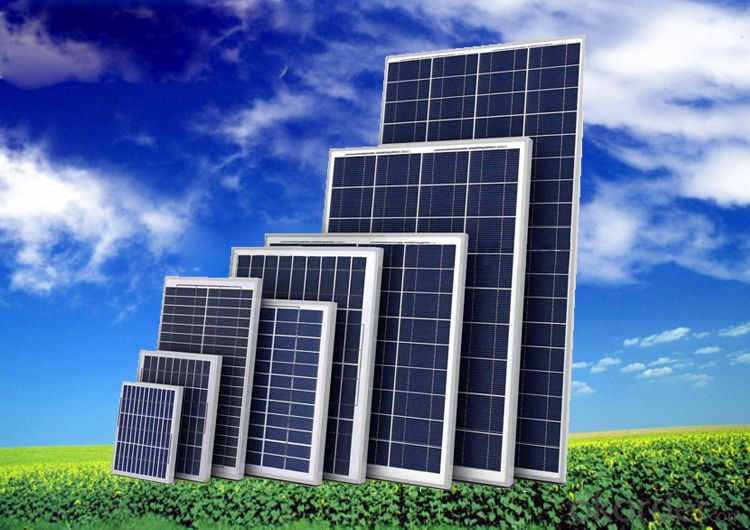
Warranty
Good Quality 185W Solar Panel Manufacture from China
For c-Si panel: 25years output warranty for no less than 80% of performance, 10 years output warranty for no less than 90% of performance. Free from material and workmanship defects within 5 years.
For a-Si panel: 20 years output warranty for no less than 80% of performance, 10 years output warranty for no less than 90% of performance. Free from material and workmanship defects within 2 years.
- Q: Can solar panels be installed on a factory or manufacturing plant?
- Yes, solar panels can be installed on a factory or manufacturing plant. In fact, many industrial facilities are increasingly adopting solar energy to meet their power needs and reduce their carbon footprint. The large roof areas and open spaces available in factories make them ideal locations for solar panel installations, enabling businesses to generate clean and renewable energy on-site while saving on electricity costs.
- Q: Can solar panels be used to power air conditioning or heating systems?
- Yes, solar panels can be used to power both air conditioning and heating systems. Solar panels generate electricity by converting sunlight into energy, which can then be used to power various appliances and systems, including air conditioners and heating units. This allows for more sustainable and environmentally friendly ways of cooling and heating buildings.
- Q: Also, what's the solar panel's rate of producing electricity?
- Solar panels are not nearly as energy productive as natural gas. Case in point how many natural gas fired calculators do you have on your desk? or how many solar fired fireplaces do you know of? Solar panels are a great complement to natural gas/fossil fuel burning sources of fuel though. The more energy you consume from renewable sources of energy (i.e solar, wind, etc) the less you are consuming from non-renewable sources such as natural gas. Solar panel's rate of producing electricity depends on many different variables. Are the panels in direct sunlight? (with no trees or shrubs blocking the panels) There are panels out there made by Kyocera for example that are 85 watts, 65 watts, 50 watts. You should talk with a Professional about this. Look into Sun Electronics as I know that their website has a solar calculator and other helpful tools for interested parties. Good Luck
- Q: i know that a solar panel of square meter generate 000 watts on a clear and sunny day, but i need to know the time rate. is it 000 watts per day or per hour? Thanks.
- 000W/square meter is the standard input rate that solar panels are rated by. Watts are a rate, like miles per hour. Depending on the technology, you might get as much as 20% of that as an output of the panel. To determine the amount of power generated, you need to multiply the rate by time. Just like in a car, going 50mph for 5 hours sends you 250 miles. You look at the rating of the panel, if it is a 50 watt panel, in 5 hours AT THAT RATED INPUT, you would generate 250 watt hours (wh). You can find charts that tell you how many sun hours are available a day. As the sun is generally strongest at solar noon, it is weaker in the morning and afternoon. They have averaged the power of the sun throughout the day, and said for each location, how many hours equal to 000W/Msq are in a day. Five is a nice average number. So, if you figure 000W input in a square meter, 20% output, or 200W (the rate) times 5 sun hours (time) = 000Watt hours, or kilowatt hour ( kwh) (quantity) can be generated from a square meter of panels in a day.
- Q: Can solar panels be used in areas with high temperatures?
- Yes, solar panels can be used in areas with high temperatures. In fact, solar panels are designed to withstand a wide range of temperatures, including high heat. While excessive heat may slightly reduce their efficiency, modern solar panels are equipped with cooling mechanisms that help maintain their performance even in hot climates.
- Q: i want to join multiple solar panels into a bank so i only need one length of wire, i am going to use diodes to stop them sending power back into the one before it. is this ok or do i need something else?
- It sounds like you intend to put them all in parallel, since you mention blocking diodes. If the panels are all roughly the same voltage, that should work. Mismatched panels will also work, but there may be little to no contribution from the lowest voltage ones if they are severely mismatched.
- Q: Can solar panels be installed on senior living facilities?
- Yes, solar panels can be installed on senior living facilities. In fact, many senior living facilities have started incorporating solar panels to reduce energy costs, promote sustainability, and provide clean energy solutions. Installing solar panels can help these facilities become more energy-efficient and reduce their carbon footprint. Additionally, solar energy can contribute to a more comfortable and sustainable living environment for senior residents.
- Q: What is the lifespan of a solar panel?
- The lifespan of a solar panel typically ranges from 25 to 30 years, although some panels can last even longer with proper maintenance and care.
- Q: I have an off-grid 24volt existing system using 8 x 80 watt 2volt, wired at 24volts, mono solar panels with deep cycle batteries,operating now. I have been given a 240 2volt polly cryst. panel. Can I add this panel to existing panels as above. Thank you, dumb solar man
- Assuming that you have / will upgrade wiring sizes to carry the extra wattage, that the new total wattage resulting from the addition doesn't overload any existing charge controller, diodes and / or inverter you have installed, then paralleling it straight into one of the other 2 volt groups should do nothing but add current to the system. True, it will be somewhat imbalanced, but it will work. Your other options would be to reconfigure everything down to it's native 2 V configuration which will raise current and lower voltage, with the additional panel creating the additional current to raise the wattage or to put it in series with the other 4 panel clusters so that you would get 36 V and additional current to account for the raised wattage. One last approach might be to set it up on another battery bank of it's own (small and at 2 V) to then connect to the same inverter. You'd be getting more power and storage capability that way, sort of a partial backup system, really, that will take some of the load off the other components to help extend their useful lives and get a bit more flexibility into it as well. The choice is yours here. That is all the ways that the system can be connected in, assuming everything in the first sentence checks out;-) It's difficult to make a recommendation without knowing what other components are in use and what the maximum ratings they carry are. Just remember that parallel connections add current and voltage stays the same, series connections add voltage and the current remains the same and you can figure out what to do with this thing to help you if you stay within maximum ratings for the charge controller, diodes and / or inverter involved. Good luck and stay safe!
- Q: How many solar panels do you need on your house to power your heater in winter?
- Lets assume the panels are 00 Watt panels. You would need 50 panels to just provide power for the heating maybe 2-4 hours a day on nice sunny days. Get the picture? Remember the rating on a panel is peak power when the sun is at just the right position. Solar panels are not normally a good system for heat or air conditioning. They simply get much to large and expensive, and are not reliable because the sun does not always shine. If you are in an area where the electric company will purchase any power you do not use and give you a credit, then you can build a system much larger than you need in the spring and fall and might be able to produce enough during these periods and get a credit. You then use the credits in the winter for heat and in summer for cooling. This requires a detailed study of your uses all year, then designing a system that produces enough to cover your yearly KWH load. It will probably be very expensive, but many are using taxpayer dollars subsidies and electric company rebate programs to make these system more cost-effective. You would need to check your local area utility company.
Send your message to us
320w-280w Solar Panels Purchase from China Manufacturer
- Loading Port:
- Shanghai
- Payment Terms:
- TT OR LC
- Min Order Qty:
- 2500 watt
- Supply Capability:
- 10000000 watt/month
OKorder Service Pledge
OKorder Financial Service
Similar products
Hot products
Hot Searches
Related keywords
